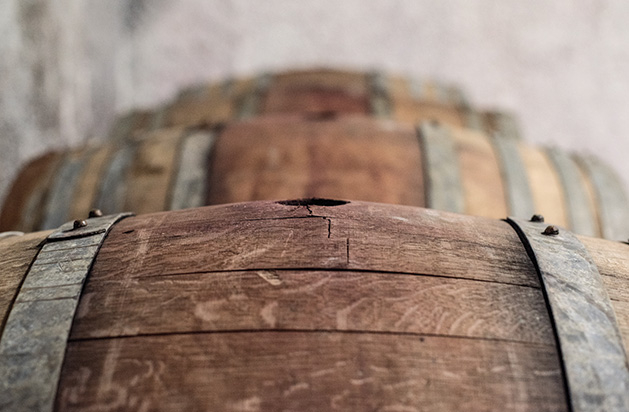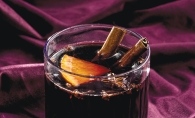
Many chardonnay lovers, especially in the U.S., love their oaky, buttery California chardonnay. New World winemakers lean towards this style much more than their Old World counterparts; Old World chardonnays like Chablis have more minerality. So what gives New World chardonnay these distinct flavor profiles?
Let’s start with “oaky.” Winemakers use oak barrels in different ways to create unique flavor profiles. Time, size, age, toast and origin influence flavors. Newer barrels, smaller barrels and longer time mean stronger oak flavors, as does heavier toast. The type of oak—American, French or Hungarian—imparts a different flavor. American oak reveals more vanilla and coconut. Some winemakers ferment and age in oak; some only age in oak. New World winemakers use a wide palette of choices to achieve the desired effect.
What makes wine taste “buttery”? Buttery flavors come from malolactic fermentation, which is the secondary fermentation process of converting malic acid to lactic acid. Malic acid has a tart, green-apple flavor. Lactic acid has a creamy, buttery flavor.
Rombauer, a classic New World example of oaky, buttery chardonnay, is fermented in oak, aged in oak for nine months, receives 100-percent malolactic fermentation, and is lees (dead yeast cells left after primary fermentation) stirred every two weeks for extra creaminess. Taste-test Rombauer and Chablis. Same grape, but the difference is striking.
Andy Carl is a local wine expert—the Woodbury Wine Wizard—whose recommendations appear each month in this section of Woodbury Magazine.









